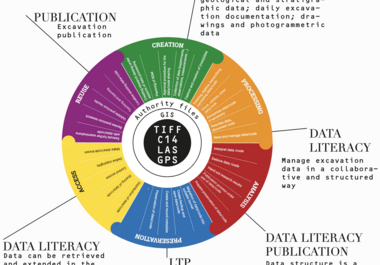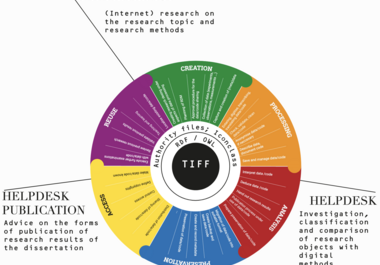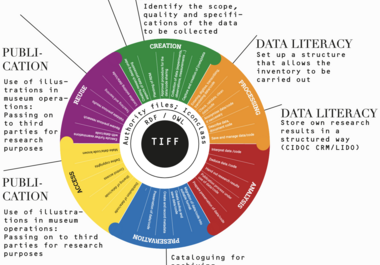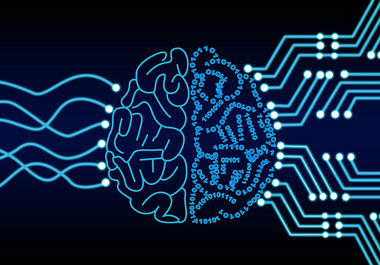NFDI4Culture Use Case
Guidelines for Research Data Management of Cultural Data: Community Contributions
By Dr. Alexander Stark , Dr. Martin Albrecht-Hohmaier , Matthias Arnold, M. A. and Jörg Heseler
Keywords
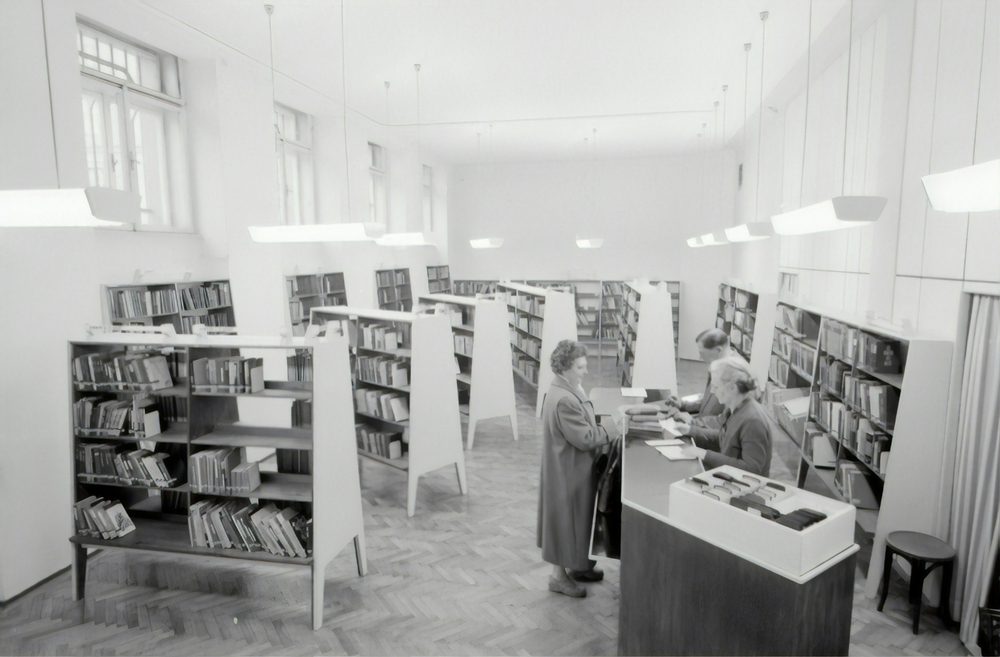
Bibliothek als Ort gesammelten Wissens
"Graustufenfotografie von Menschen im Buchladen"
How does good research data management (RDM) work? Researchers and staff in cultural heritage institutions are increasingly confronted with this question. It is true that there are now experts, such as the RDM initiatives of the federal states or the research data centers where researchers can find general information, but when GLAM institutions require support with questions specific to their research, they often search in vain – until now: With the Culture Knowledge Base NFDI4Culture has created a low-threshold access point to subject or data specific information, especially for the field of material and immaterial cultural heritage.
The Culture Knowledge Base is the place where NFDI4Culture guidelines, reports and specifications are published. In addition, it offers curated link recommendations to high-quality and open educational resources provided by the community. All guidelines published in the Knowledge Base are complemented by a permanent, sustainable and open data publication on Zenodo, such as for example the Introduction to research data management in the arts, cultural studies and humanities (in German).
The NFDI4Culture communities are also involved in the creation process of the Culture Knowledge Base resources, thus, their needs and experiences can be directly incorporated into the publications. During the writing process, the content is discussed with other experts in the field. An integrated review function of the Knowledge Base enables a continuous quality control as well as an exchange with users, results of which can be documented through the versioning function.
The "Guideline for the sustainable development and use of research software" published at the end of 2022 is exemplary on how current needs were identified and collaborative efforts successfully integrated: It was produced with the active participation of the Experts Forum of the NFDI4Culture Task Area Research Tools and Data Services. Together, gaps within the range of specialised and data-specific information were identified. The guideline gives a precise and compact overview of the areas of action for the development and use of FAIR research software. Since its release this data publication has been accessed over 417 times on Zenodo, and over 306 times in the Culture Knowledge Base.
Such a concise and direct guide for our digital humanities community was an absolute desideratum. It's a really great source of information that serves as both a checklist and an introduction.

Fernanda Alvares Freire | Universität Rostock
Another aspect that defines good research data management is the digital preservation of research data, the so-called digital long-term archiving (dLTA). In this context, too, researchers and cultural heritage institutions often have questions, which are now answered in a specially developed guideline thanks to the collaboration between NFDI4Culture and the community: How can I publish my project data sustainably and what exactly does "long-term archiving" mean? Are there digital archives specifically tailored to research data from tangible and intangible cultural heritage? What should I do to prepare my data for long-term archiving?
NFDI4Culture, together with the community, initially examined these and other questions in various forums that introduced long-term archiving (for example forum #2) or specifically asked the community how researchers archive and publish their data (#3). This led to the draft of the guideline "Basics of digital preservation. A guideline to digital preservation from the perspective of the NFDI4Culture community".
In special events on persistent identifiers (#5) or 3D data (#4), participants were made aware of this guideline and contributed invaluable suggestions for corrections, literature and events, which were then incorporated into the further development of the guideline. Inspired by a detailed review from the State Office for Archaeology in Saxony, for example, the section on assessing the archival value of research data was significantly expanded.
The guideline on digital preservation then entered the open review phase. Institutional providers such as the Germanisches Nationalmuseum in Nuremberg, which are currently working on setting up a long-term archive themselves, incorporated their practical needs directly into the guideline and suggested the inclusion of additional content. The participants in the four community forums also provided valuable feedback again. Some even offered to act as reviewers for the open review phase.
As a positive side effect of the development of the guideline, missing technical terms on digital preservation in Wikidata and the Gemeinsame Normdatei (GND) were identified and expanded or supplemented.
The number of hits on the manual on digital preservation at Zenodo show how much support is in demand on this topic in particular: In the first three months since its publication, it has already been accessed over 2800 times. In addition, the manual has been integrated into the working group on long-term archiving of the NFDI section "Common Infrastructures".
The success of the consortium's close connection with its community in the joint development of guidelines is evident both in individual guidelines and in the Culture Knowledge Base as a whole. Above all, the dynamic integration of feedback also shows a promising path for user-oriented improvements in future projects.
